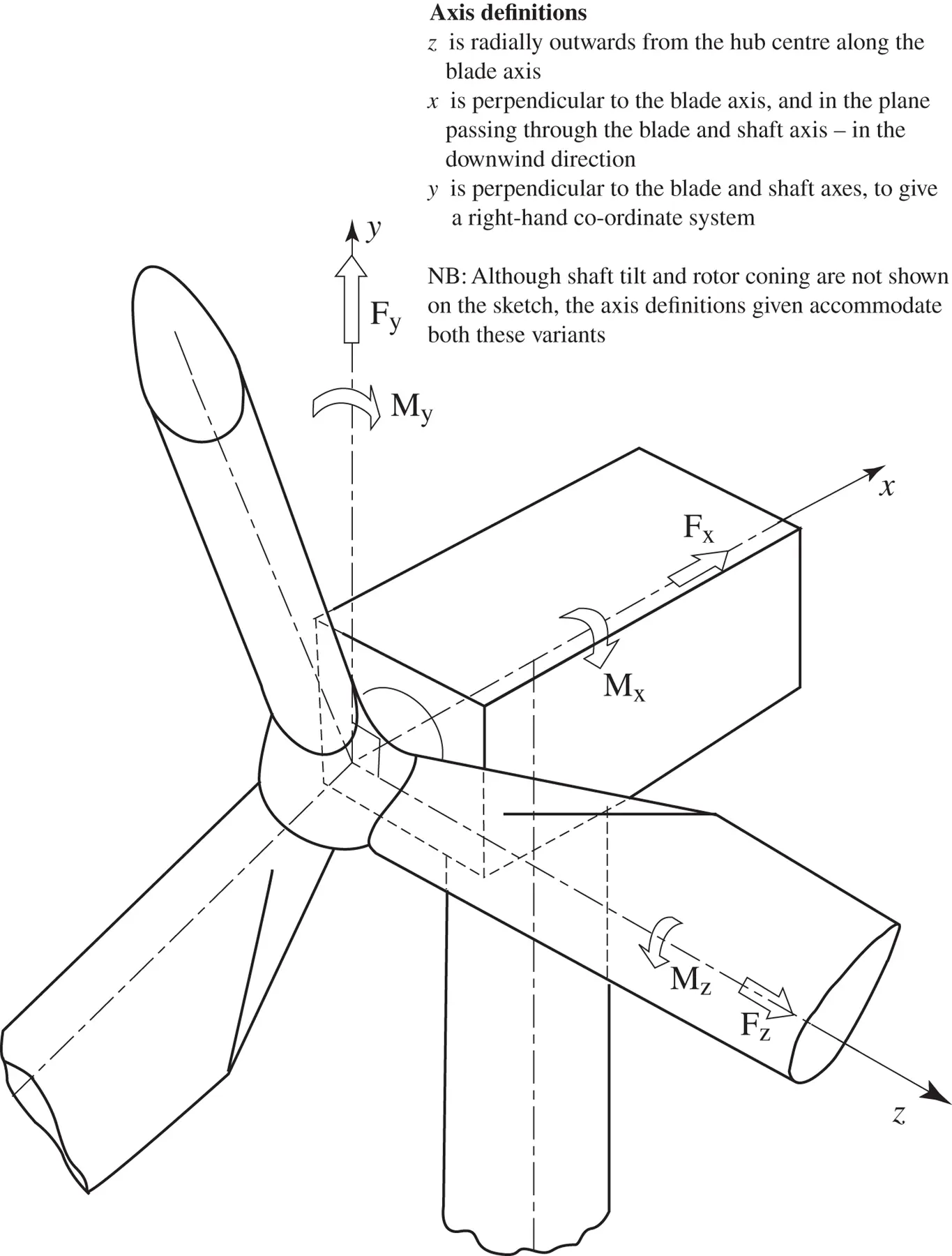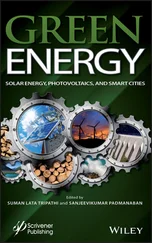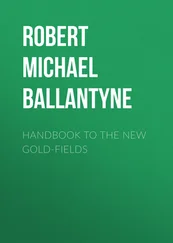Michael Graham - Wind Energy Handbook
Здесь есть возможность читать онлайн «Michael Graham - Wind Energy Handbook» — ознакомительный отрывок электронной книги совершенно бесплатно, а после прочтения отрывка купить полную версию. В некоторых случаях можно слушать аудио, скачать через торрент в формате fb2 и присутствует краткое содержание. Жанр: unrecognised, на английском языке. Описание произведения, (предисловие) а так же отзывы посетителей доступны на портале библиотеки ЛибКат.
- Название:Wind Energy Handbook
- Автор:
- Жанр:
- Год:неизвестен
- ISBN:нет данных
- Рейтинг книги:3 / 5. Голосов: 1
-
Избранное:Добавить в избранное
- Отзывы:
-
Ваша оценка:
Wind Energy Handbook: краткое содержание, описание и аннотация
Предлагаем к чтению аннотацию, описание, краткое содержание или предисловие (зависит от того, что написал сам автор книги «Wind Energy Handbook»). Если вы не нашли необходимую информацию о книге — напишите в комментариях, мы постараемся отыскать её.
delivers a fully updated treatment of key developments in wind technology since the publication of the book’s Second Edition in 2011. The criticality of wakes within wind farms is addressed by the addition of an entirely new chapter on wake effects, including ‘engineering’ wake models and wake control. Offshore, attention is focused for the first time on the design of floating support structures, and the new ‘PISA’ method for monopile geotechnical design is introduced.
The coverage of blade design has been completely rewritten, with an expanded description of laminate fatigue properties and new sections on manufacturing methods, blade testing, leading-edge erosion and bend-twist coupling. These are complemented by new sections on blade add-ons and noise in the aerodynamics chapters, which now also include a description of the Leishman-Beddoes dynamic stall model and an extended introduction to Computational Fluid Dynamics analysis.
The importance of the environmental impact of wind farms both on- and offshore is recognised by extended coverage, which encompasses the requirements of the Grid Codes to ensure wind energy plays its full role in the power system. The conceptual design chapter has been extended to include a number of novel concepts, including low induction rotors, multiple rotor structures, superconducting generators and magnetic gearboxes.
References and further reading resources are included throughout the book and have been updated to cover the latest literature. Importantly, the core subjects constituting the essential background to wind turbine and wind farm design are covered, as in previous editions. These include:
The nature of the wind resource, including geographical variation, synoptic and diurnal variations and turbulence characteristics The aerodynamics of horizontal axis wind turbines, including the actuator disc concept, rotor disc theory, the vortex cylinder model of the actuator disc and the Blade-Element/Momentum theory Design loads for horizontal axis wind turbines, including the prescriptions of international standards Alternative machine architectures The design of key components Wind turbine controller design for fixed and variable speed machines The integration of wind farms into the electrical power system Wind farm design, siting constraints and the assessment of environmental impact Perfect for engineers and scientists learning about wind turbine technology, the
will also earn a place in the libraries of graduate students taking courses on wind turbines and wind energy, as well as industry professionals whose work requires a deep understanding of wind energy technology.

 auto‐correlation function for along‐wind velocity component as seen by a point at radius r on a rotating rotorκu(r1, r2, τ)cross‐correlation function between along‐wind velocity components at radii r1 and r2 (not necessarily on same blade), for stationary rotor
auto‐correlation function for along‐wind velocity component as seen by a point at radius r on a rotating rotorκu(r1, r2, τ)cross‐correlation function between along‐wind velocity components at radii r1 and r2 (not necessarily on same blade), for stationary rotor  cross‐correlation function between along‐wind velocity components as seen by points (not necessarily on same blade) at radii r1 and r2 on a rotating rotorλtip speed ratio; latitude; ratio of longitudinal to transverse buckle half wavelengths; relative shell slenderness; curling factor of breaking waveλrtangential speed of blade element at radius r divided by wind speed: local speed ratioλ(d)ratio measuring influence of loading near cantilever root on first mode resonance ( Section 12.7.4)λ*(d)approximate value of λ(d)Λyaw rateμnon‐dimensional radial position, r/R; viscosity; coefficient of frictionμi(r)mode shape of ith blade modeμ1(y)mode shape of first mode of offshore support structureμi(z)mode shape of ith tower modeμT(z)tower first mode shapeμTJ(r)normalised rigid body deflection of blade j resulting from excitation of tower first modeμzmean value of variable zνellipsoidal coordinate; mean zero up‐crossing frequency; rank in series of data points; kinematic viscosity; Poisson's ratioν12, ν21Poisson's ratios for uniaxial composite plyξdamping ratioρair density; water density
cross‐correlation function between along‐wind velocity components as seen by points (not necessarily on same blade) at radii r1 and r2 on a rotating rotorλtip speed ratio; latitude; ratio of longitudinal to transverse buckle half wavelengths; relative shell slenderness; curling factor of breaking waveλrtangential speed of blade element at radius r divided by wind speed: local speed ratioλ(d)ratio measuring influence of loading near cantilever root on first mode resonance ( Section 12.7.4)λ*(d)approximate value of λ(d)Λyaw rateμnon‐dimensional radial position, r/R; viscosity; coefficient of frictionμi(r)mode shape of ith blade modeμ1(y)mode shape of first mode of offshore support structureμi(z)mode shape of ith tower modeμT(z)tower first mode shapeμTJ(r)normalised rigid body deflection of blade j resulting from excitation of tower first modeμzmean value of variable zνellipsoidal coordinate; mean zero up‐crossing frequency; rank in series of data points; kinematic viscosity; Poisson's ratioν12, ν21Poisson's ratios for uniaxial composite plyξdamping ratioρair density; water density  normalised cross‐correlation function between along‐wind velocity components as seen by points (not necessarily on same blade) at radii r1 and r2 on a rotating rotor
normalised cross‐correlation function between along‐wind velocity components as seen by points (not necessarily on same blade) at radii r1 and r2 on a rotating rotor  σblade solidity; standard deviation; stress
σblade solidity; standard deviation; stress  mean stressσcrelastic critical buckling stressσMstandard deviation of bending momentσM1standard deviation of first mode resonant bending moment, at blade root for blade resonance, and at tower base for tower resonanceσMBstandard deviation of quasi‐static bending moment (or bending moment background response)σMhstandard deviation of hub dishing momentσMTstandard deviation of teeter moment for rigidly mounted, two bladed rotor
mean stressσcrelastic critical buckling stressσMstandard deviation of bending momentσM1standard deviation of first mode resonant bending moment, at blade root for blade resonance, and at tower base for tower resonanceσMBstandard deviation of quasi‐static bending moment (or bending moment background response)σMhstandard deviation of hub dishing momentσMTstandard deviation of teeter moment for rigidly mounted, two bladed rotor  standard deviation of mean of blade root bending moments for two bladed rotorσQ1standard deviation of generalised load with respect to first modeσrrotor solidity at a given radius, r, i.e. Bc/(2πr)σustandard deviation of fluctuating component of wind in along‐wind directionσvstandard deviation of wind speed in across‐wind directionσwstandard deviation of wind speed in vertical directionσx1standard deviation of first mode resonant displacement, referred to blade tip for blade resonance and to nacelle for tower resonanceτtime interval; non‐dimensional time; shear stressυPoisson's ratioϕflow angle of resultant velocity W to rotor plane; velocity potential; blade azimuth ( Section 8.3.11)Φ()standard normal distribution functionΦ(x, y, z, t)velocity potential due to unit sourceΦWagner (impulsive heave motion) function ( Sections 4.5.3and 4.6.2)χwake skew angle: angle between the axis of the wake of a yawed rotor and the axis of rotation of rotor; buckling strength reduction factor; fibre inclination to blade panel axisχM1weighted mass ratio defined in Section 5.8.6ψblade azimuth; angle subtended by cylindrical plate panel; stream function parameter with respect to fixed reference frame; wake amplification factor
standard deviation of mean of blade root bending moments for two bladed rotorσQ1standard deviation of generalised load with respect to first modeσrrotor solidity at a given radius, r, i.e. Bc/(2πr)σustandard deviation of fluctuating component of wind in along‐wind directionσvstandard deviation of wind speed in across‐wind directionσwstandard deviation of wind speed in vertical directionσx1standard deviation of first mode resonant displacement, referred to blade tip for blade resonance and to nacelle for tower resonanceτtime interval; non‐dimensional time; shear stressυPoisson's ratioϕflow angle of resultant velocity W to rotor plane; velocity potential; blade azimuth ( Section 8.3.11)Φ()standard normal distribution functionΦ(x, y, z, t)velocity potential due to unit sourceΦWagner (impulsive heave motion) function ( Sections 4.5.3and 4.6.2)χwake skew angle: angle between the axis of the wake of a yawed rotor and the axis of rotation of rotor; buckling strength reduction factor; fibre inclination to blade panel axisχM1weighted mass ratio defined in Section 5.8.6ψblade azimuth; angle subtended by cylindrical plate panel; stream function parameter with respect to fixed reference frame; wake amplification factor  stream function parameter with respect to frame of reference moving at same speed as wave crests and troughsψuu(r, r', n)real part of normalised cross‐spectrumΨKussner (indicial gust) functionωangular frequency (rad/s)ωddemanded generator rotational speedωinatural frequency of ith mode (rad/s)ωggenerator rotational speedωrinduction machine rotor rotational speedωsinduction machine stator field rotational speedΩrotational speed of rotor; Earth's rotational speed
stream function parameter with respect to frame of reference moving at same speed as wave crests and troughsψuu(r, r', n)real part of normalised cross‐spectrumΨKussner (indicial gust) functionωangular frequency (rad/s)ωddemanded generator rotational speedωinatural frequency of ith mode (rad/s)ωggenerator rotational speedωrinduction machine rotor rotational speedωsinduction machine stator field rotational speedΩrotational speed of rotor; Earth's rotational speed











